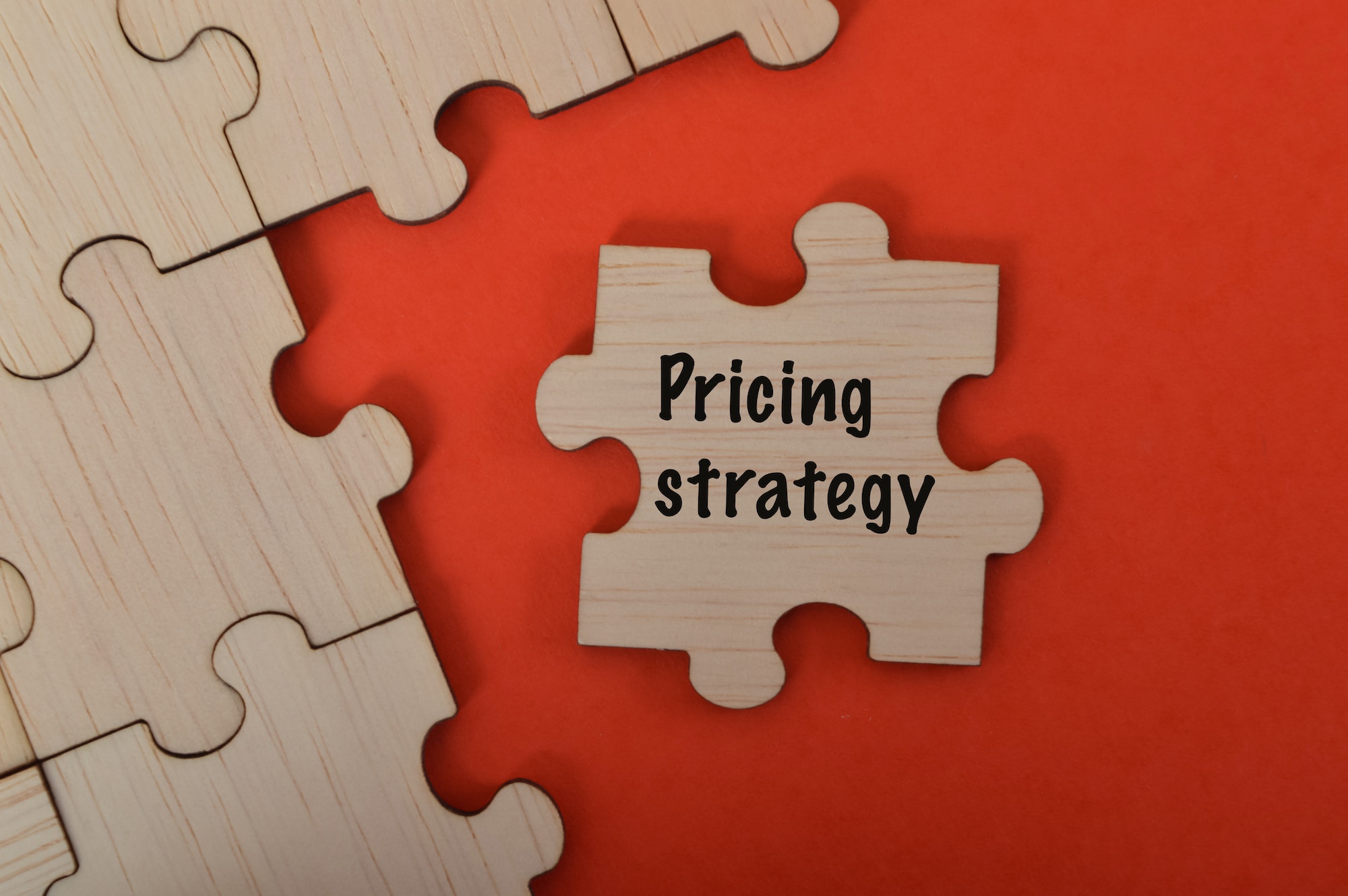What is SaaS Demand Generation Strategies?
SaaS (Software as a Service) demand generation strategies refer to the methods and tactics employed by SaaS companies to drive awareness, interest, and demand for their software products. The primary goal of SaaS demand generation is not just to generate leads, but to create qualified leads who are more likely to convert into paying customers. It is about creating touchpoints across multiple channels to reach your target audience, engage them, and gradually guide them through the buyer’s journey. For more on this, check out our in-depth guide on saas lead generation.Why Demand Generation Matters in SaaS Business

How Can Email Marketing Help with SaaS Demand Generation?
When it comes to SaaS demand generation, utilizing saas email marketing secrets can be a game-changer. Email marketing allows SaaS companies to reach their target audience effectively, nurture leads, and drive conversions. By leveraging the power of email, SaaS businesses can boost brand awareness and engage with potential customers on a more personal level.
Strategies for SaaS Demand Generation
Implementing effective strategies is a key component of successful SaaS demand generation. This includes techniques like content marketing, search engine optimization, social media marketing, and email marketing.Content Marketing
Creating Valuable and Engaging Content
Content marketing is a powerful tool in generating demand for your SaaS product. Your aim should be to create content that educates, informs, and engages your target audience. This could be blogs, white papers, webinars, tutorials, or case studies highlighting your product’s features and benefits. Always ensure that your content is both relevant and valuable to your audience. For more in-depth strategies, see our guide on saas content marketing.Promoting Your Content
Once you’ve created valuable content, the next step is promotion. This could involve sharing your content on your website, social media platforms, or through email marketing. You could also consider guest posting on relevant industry blogs or websites to reach a wider audience.Search Engine Optimization (SEO)
Keyword Research and Implementation
SEO is an essential part of any SaaS demand generation strategy. Start by conducting keyword research to identify the terms your target audience is using to search for SaaS solutions similar to yours. Use these keywords in your website content, blog posts, and meta tags to improve your visibility on search engine results pages.Building Quality Backlinks
Another important aspect of SEO is building backlinks. These are links from other reputable websites that lead back to your site. They not only help to drive traffic to your site but also enhance your site’s credibility in the eyes of search engines.Social Media Marketing
Leveraging Social Media Platforms
Social media platforms offer a great way to reach and engage with your target audience. Use these platforms to share useful content, engage in conversations, and respond to queries or feedback. This can help to build relationships with potential customers and generate interest in your SaaS product.Creating Engaging Social Media Content
Creating engaging social content involves understanding your audience’s needs and interests. Use visuals, infographics, videos, and other interactive content to grab their attention. Also, don’t forget to include a clear call-to-action to guide your audience on what to do next.Email Marketing
Building an Email List
Email marketing plays a crucial role in SaaS demand generation. Start by building an email list of potential customers who have shown interest in your product. This could be through a sign-up form on your website or a lead magnet that offers something valuable in exchange for their email address. For more tips, read our article on saas email marketing.Crafting Compelling Email Campaigns
Once you have a list, craft compelling email campaigns that nurture your leads and encourage them to try your product. This could involve sharing useful content, offering free trials, or providing exclusive discounts. Remember to personalize your emails to build a stronger connection with your audience. By implementing these strategies, you can effectively generate demand for your SaaS product and convert more leads into customers. Remember to constantly evaluate and adjust your strategies based on your saas marketing metrics to ensure you’re getting the best results.What Are the Best Strategies to Convert Leads into Customers in the SaaS Industry?
Effective saas lead generation strategies are crucial for converting leads into customers in the SaaS industry. Some of the best strategies include creating targeted content, utilizing email marketing campaigns, offering free trials, providing exceptional customer support, and leveraging social proof to showcase the success of the product.
Lead Nurturing and Conversion
The process of lead nurturing and conversion plays a pivotal role in any successful SaaS demand generation strategy. This process involves identifying potential customers, or leads, and guiding them through the sales funnel until they become paying customers.Understanding the Importance of Lead Nurturing
Lead nurturing is the process of building relationships with your prospects at every stage of the sales funnel, and through every step of the buyer’s journey. It focuses on listening to the needs of prospects, and providing the information and answers they need. Why is lead nurturing so important? Simply put, not all leads are ready to buy right away. However, with effective nurturing, you can build trust and establish your brand as a thought leader in your industry, making prospects more likely to choose your product when they’re ready to buy. In addition, lead nurturing helps you better understand your prospects. By interacting with them regularly, you can learn more about their needs and preferences, allowing you to tailor your offerings and communication to suit their specific requirements.Implementing Effective Lead Nurturing Strategies
There are several effective strategies for nurturing leads in the SaaS industry. These can include:- Personalized Email Marketing: Personalized emails can dramatically increase your open and click-through rates. By tailoring your message to meet the specific needs of each lead, you can significantly improve your engagement rates. Check out our article on saas email marketing for more tips.
- Content Marketing: Providing informative and engaging content is a great way to nurture leads. This could be in the form of blog posts, ebooks, webinars, or case studies. The aim is to educate your prospects about your product and how it can solve their problems. For more on this, visit our guide on saas content marketing.
- Social Media Engagement: Social media platforms offer a great way to interact with your leads. You can use these platforms to share valuable content, answer questions, and engage in conversations.
Conversion Rate Optimization
Conversion Rate Optimization (CRO) is the process of optimizing your website and marketing strategies to increase the percentage of visitors who complete a desired action, such as signing up for a trial or purchasing a subscription. CRO strategies can include improving the design of your website, creating compelling call-to-actions, and optimizing your landing pages. It’s important to continuously test and tweak your strategies to see what works best for your audience. In conclusion, nurturing leads and optimizing your conversion rates are crucial elements of a successful SaaS demand generation strategy. By implementing these strategies, you can transform your leads into loyal customers, thereby driving growth for your SaaS business. For more insights, take a look at our comprehensive guide on saas marketing strategies.Measuring Success
After implementing your SaaS demand generation strategies, it’s critical to measure their effectiveness. This process involves selecting the right Key Performance Indicators (KPIs), analyzing the results, and making necessary adjustments and improvements.Key Performance Indicators (KPIs) in SaaS Demand Generation
KPIs are vital metrics that help you understand the effectiveness of your demand generation strategies. Some of the most important KPIs in SaaS demand generation include:- Lead Generation: The number of new leads generated.
- Conversion Rate: The percentage of leads that convert into customers.
- Customer Acquisition Cost (CAC): The total cost of acquiring a new customer.
- Customer Lifetime Value (CLTV): The total revenue a business can reasonably expect from a single customer account.
- Churn Rate: The percentage of customers who end their subscription within a certain time frame.


